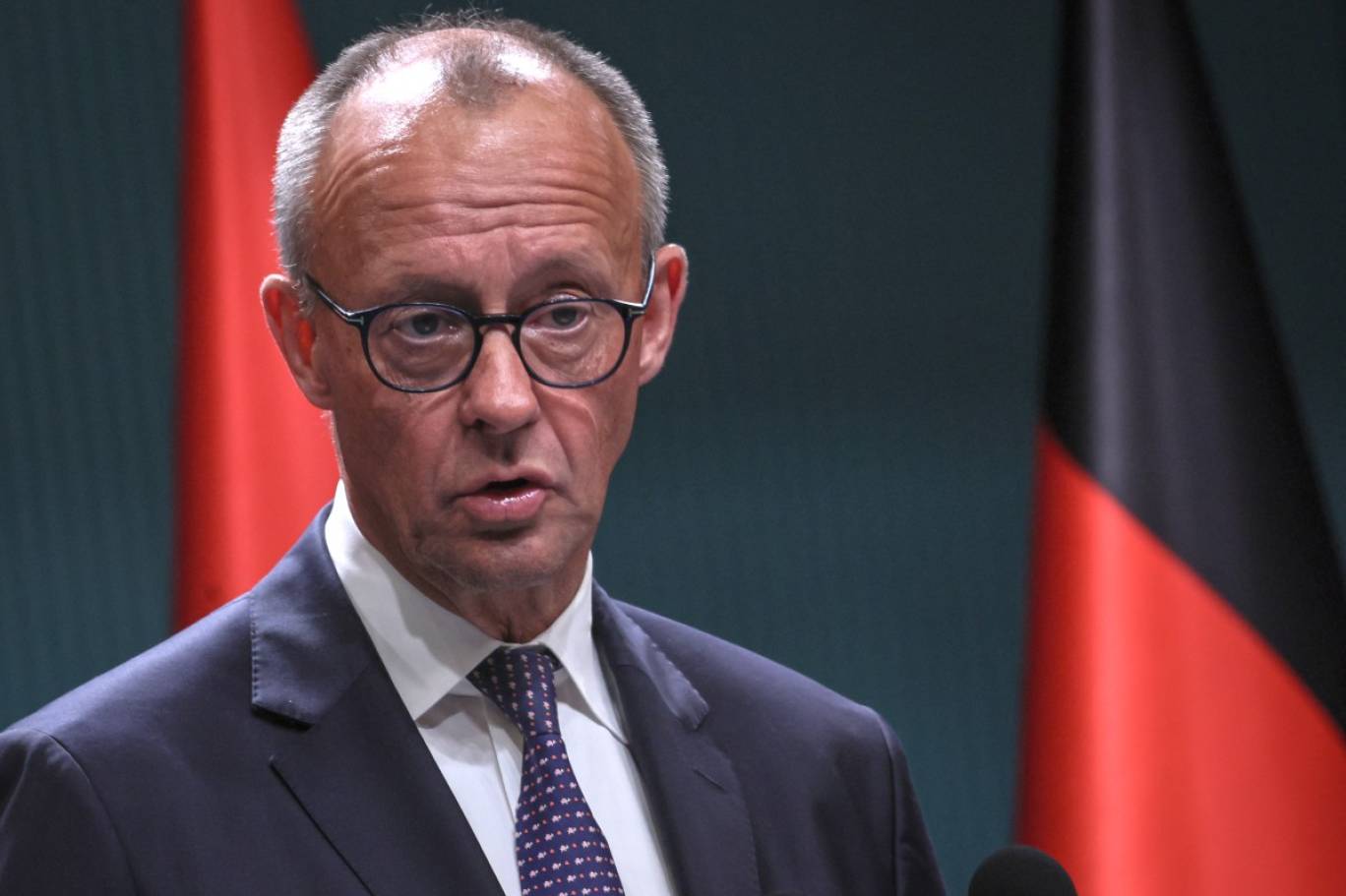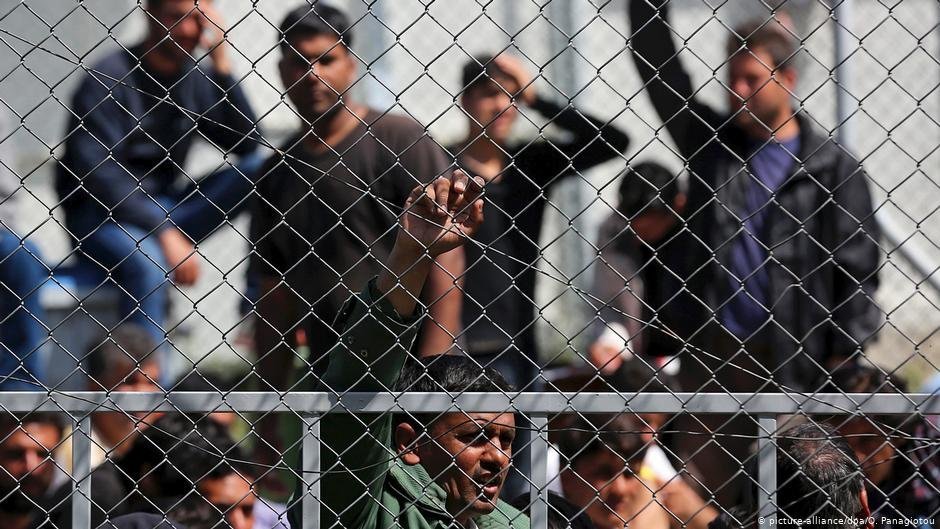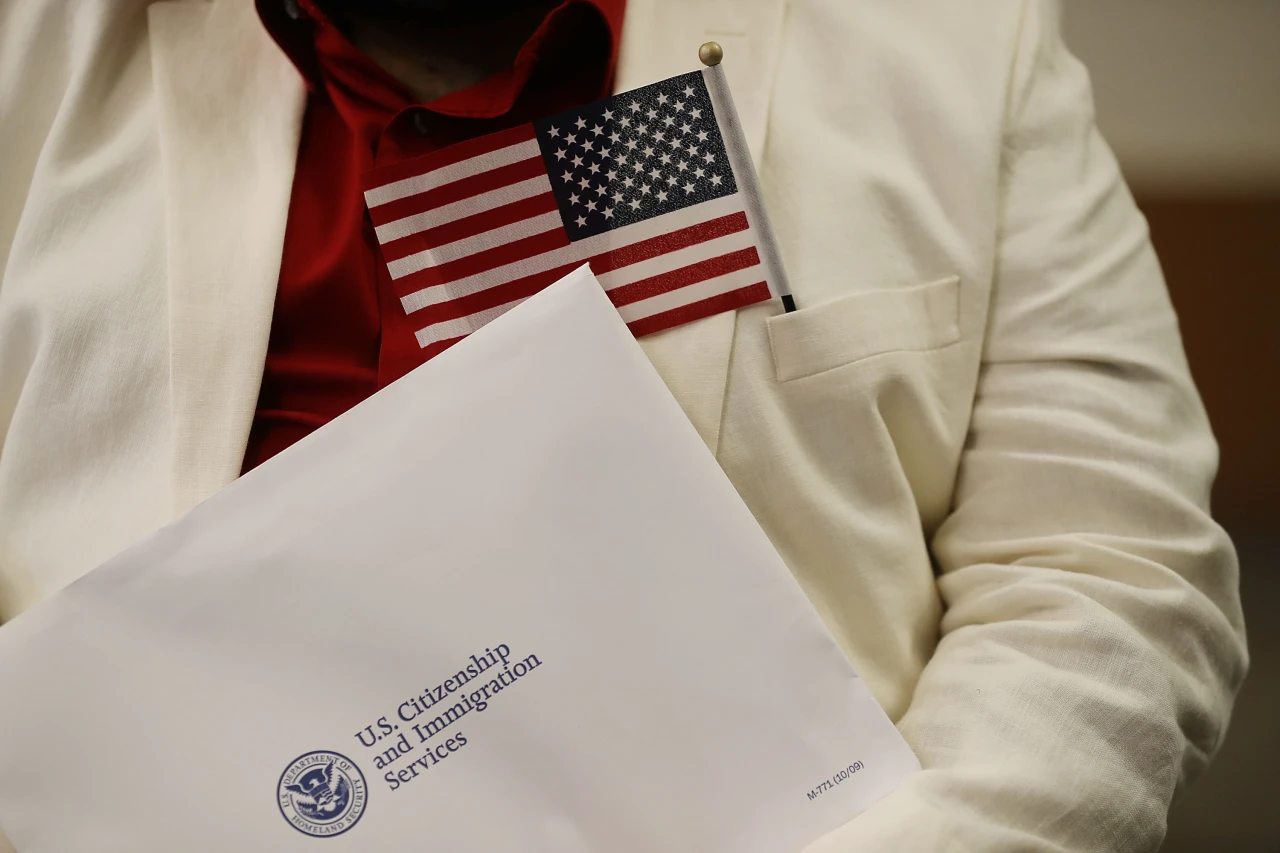Thirty years ago, the first two young men from West Africa arrived on the shores of Fuerteventura – one of the Canary Islands – on a wooden boat and then requested political asylum. An anniversary that the Spanish islands celebrate at the end of August each year.
The Canary Islands route is one of the main migration routes from the west coast of Africa via old boats, to try to have a better life in Europe. The Canary authorities estimate that more than 200,000 immigrants have arrived over the past three decades.
The flow of migrants to the Canary Islands has increased significantly since 2023, since 39,910 migrants have arrived in the Canary Islands,
The authorities in the archipelago expect this number to increase this year, as 22,000 have registered since the beginning of 2024.
According to Spanish government estimates, there are currently 200,000 people in Mauritania waiting to cross to Spain.
The waves of migration from the West African coast to the Canary Islands began in 1994, and in 2006, the first large wave of migration arrived, reaching 31,678 migrants to the Canary Islands.
Since 2006, the Spanish Ministry of the Interior has recorded the arrival of more than 200,000 migrants to the islands.
The Canary Islands are located 62 nautical miles from North Africa, and the route extends from the Moroccan city of Tarfaya to the island of Fuerteventura. It is an extremely dangerous route for migrants who use dilapidated boats to reach the islands.
According to one migrant who used this route in 2016, who was 13 years old at the time, “When you get on the boat, the first thing you think about is death.” The migrant described the eleven days of the journey as hell.
The International Organization for Migration estimates that more than 4,857 people have died on the route since 2014; while the migrant rights organization, (Caminando Fronteras) estimates that more than 18,680 people have lost their lives on the route to the islands since 2018.
The Spanish government is working to strengthen its relations with West African countries to repel migrants, and has signed agreements with Senegal and Mauritania to cooperate in deporting illegal refugees.
Spain also pays large sums of money to both countries to prevent migrants from crossing into Spain.
The agreements reduced the number of migrants until 2020, but the numbers have increased again since last year due to strict control over the Mediterranean route, which has led migrants to take the Canary Islands route.
The Canary Islands have been suffering from overcrowding in migrant reception centers since 2023, especially for unaccompanied minors, who are not allowed to be returned by law.
Clavijo, leader of the Island has called on the European Union to make more efforts to ease the pressure of migrants on the islands. Spanish Prime Minister Pedro Sanchez is currently visiting three African countries, Gambia, Senegal and Mauritania, where the largest numbers of migrants come from the three countries. Sanchez aims through his visit to push the three countries to intensify their efforts to prevent the crossing of migrants.





